by Keyword: Nanomembranes
![]() Colombi, S, Alemán, C, García-Torres, J, (2025). Free-standing, flexible and conformable bilayered polymeric nanomembranes modified with gold nanomaterials as electronic skin sensors Colloids And Surfaces B-Biointerfaces 250, 114558
Colombi, S, Alemán, C, García-Torres, J, (2025). Free-standing, flexible and conformable bilayered polymeric nanomembranes modified with gold nanomaterials as electronic skin sensors Colloids And Surfaces B-Biointerfaces 250, 114558
Skin is a barrier that protects us against physical, chemical and biological agents. However, any damage to the skin can disrupt this barrier and therefore compromise its function leading to sometimes catastrophic consequences like sepsis. Thus, methods to detect early signs of infection are necessary. In this work, we have developed a straightforward method for producing 2D nanomembranes with regularly spaced 1D metallic nanostructures integrating sensing capabilities to pH and NADH (nicotinamide adenine dinucleotide), which are critical analytes revealing infection. To achieve this, we have successfully fabricated a bilayered nanomembrane combining a pH-responsive polyaniline (PANI) layer and a nanoperforated poly(lactic acid) (PLA) layer containing gold nanowires (Au NWs) as NADH sensing element. SEM, FTIR, Raman and AFM techniques revealed the formation of the bilayered PANI/PLA nanomembrane and the successful incorporation of the Au NWs inside the nanoperforations. The resulting bilayered nanomembrane showed significant flexibility and conformability onto different substrates due to the softness of the polymers and the ultrathin thickness with stiffness values similar to human skin. These nanomembranes also exhibited remarkable electrochemical sensing performance towards pH and NADH detection. Thus, the nanomembrane displayed linearity with good sensitivity (47 mVpH-1) in the critical pH range 4-10 and fast response time (10 s). On the other hand, PANI/PLA-Au nanomembranes also allowed the quantitative sensing of NADH with a limit of detection of 0.39 mM and a sensitivity of 1 mu A cm-2 mM-1 in the concentration range 0-5 mM.
JTD Keywords: Bilayered nanomembranes, Biomimetic membranes, Free-standing films, Gold nanowires, Nad, Nanoparticles, Pani, Ph and nadh sensor, Pla, Polyaniline
![]() Mohammed-Sadhakathullah, AHM, Paulo-Mirasol, S, Molina, BG, Torras, J, Armelin, E, (2024). PLA-PEG-Cholesterol biomimetic membrane for electrochemical sensing of antioxidants Electrochimica Acta 476, 143716
Mohammed-Sadhakathullah, AHM, Paulo-Mirasol, S, Molina, BG, Torras, J, Armelin, E, (2024). PLA-PEG-Cholesterol biomimetic membrane for electrochemical sensing of antioxidants Electrochimica Acta 476, 143716 ![]()
Polymeric membranes exhibit unique and modulate transport properties when they are properly functionalised, which make them ideal for ions transport, molecules separation and molecules interactions. The present work proposes the design and fabrication of nanostructured membranes, composed by biodegradable poly(lactic acid) (PLA) and poly(ethylene glycol) (PEG), incorporating a lipophilic molecule (cholesterol) covalently bonded, were especially designed to provide even more application opportunities in sensors field. Electrochemical studies, by means of electrochemical impedance spectroscopy (EIS), cyclic voltammetry (CV) and square wave voltammetry (SWV), revealed important differences regarding the functionalised and non-functionalised PLA systems. PEGcholesterol building block units showed a clear affinity with ascorbic acid (vitamin C) and Trolox (R) (a watersoluble analogue of vitamin E), both hydrophilic in nature, with a limit of detection capacity of 8.12 mu M for AA and 3.53 mu M for AA and Trolox, respectively, in aqueous salt solution. The bioinspired polymer may be used to incorporate antioxidant property that allow the design of anti-stress biosensors, electrodes for the detection of vitamin C or vitamin E in biomedical nutrition programs, among other applications.
JTD Keywords: Antioxidant molecules, Antioxidants, Application programs, Ascorbic acid, Biomimetics, C (programming language), Capacity, Chemical detection, Cholesterol, Cyclic voltammetry, Electrochemical detection, Electrochemical impedance spectroscopy, Functional polymers, Functionalized, Lactic acid, Molecules, Nanomembranes, Poly ethylene glycols, Poly lactic acid, Poly(ethylene glycol), Poly(ethyleneglycol), Poly(lactic acid), Polyethylene glycols, Vitamin-e
![]() García-Torres, J, Lázaro, C, Sylla, D, Lanzalaco, S, Ginebra, MP, Alemán, C, (2023). Combining 2D organic and 1D inorganic nanoblocks to develop free-standing hybrid nanomembranes for conformable biosensors Journal Of Nanostructure In Chemistry 13, 507-517
García-Torres, J, Lázaro, C, Sylla, D, Lanzalaco, S, Ginebra, MP, Alemán, C, (2023). Combining 2D organic and 1D inorganic nanoblocks to develop free-standing hybrid nanomembranes for conformable biosensors Journal Of Nanostructure In Chemistry 13, 507-517 ![]()
We report a simple approach to fabricate free-standing perforated 2D nanomembranes hosting well-ordered 1D metallic nanostructures to obtain hybrid materials with nanostructured surfaces for flexible electronics. Nanomembranes are formed by alternatively depositing perforated poly(lactic acid) (PLA) and poly(3,4-ethylenedioxythiophene) layers. Copper metallic nanowires (NWs) were incorporated into the nanoperforations of the top PLA layer by electrodeposition and further coated with silver via a transmetallation reaction. The combination of 2D polymeric nanomembranes and aligned 1D metallic NWs allows merging the flexibility and conformability of the ultrathin soft polymeric nanomembranes with the good electrical properties of metals for biointegrated electronic devices. Thus, we were able to tailor the nanomembrane surface chemistry as it was corroborated by SEM, EDX, XPS, CV, EIS and contact angle. The obtained hybrid nanomembranes were flexible and conformable showing sensing capacity towards H2O2 with good linear concentration range (0.35–10 mM), sensitivity (120 µA cm?2 mM?1) and limit of detection (7 ?m). Moreover, the membranes showed good stability, reproducibility and selectivity towards H2O2.
JTD Keywords: biointegrated sensors, designs, electronics, fabrication, free-standing films, h2o2, metallic nanowires, nanoparticles, nanowires, sensor, skin, Hydrogen-peroxide, Perforated nanomembranes

